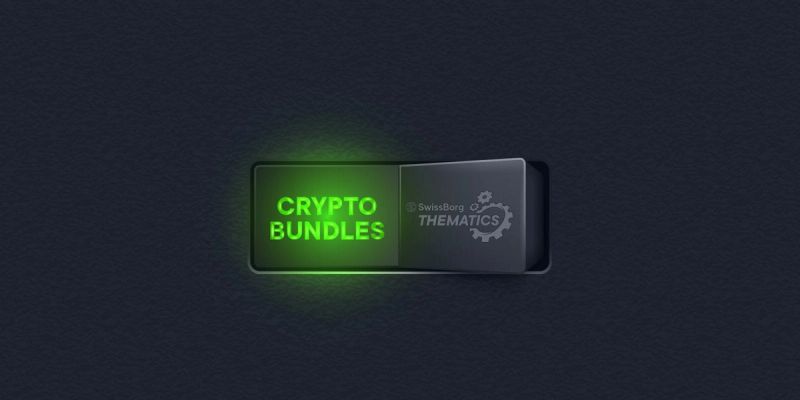Understanding MiCA: Impact on Crypto-Assets and Stablecoins


Justine Lamberger
Head of Regulatory
Since June 30th 2024, companies issuing stablecoins within the European Economic Area (EEA) must comply with licensing procedures set by the Markets in Crypto-Assets Regulation (MiCA). For the first time, fungible and transferable crypto-assets, issuers and offerors of such assets as well as providers of crypto-asset services are covered by a comprehensive regime that seeks to foster innovation, while ensuring consumer protection, market integrity and financial stability within the EU.
The key objectives of MiCA are:
- To replace individual regulations present in numerous EU countries with one unifying and comprehensive framework;
- To set clearer rules for crypto-asset service providers and token issuers;
- To provide more certainty in the regulation of crypto assets, which are not covered by existing financial regulations.
As of June 30th, 2024 Titles III and IV of MiCA containing the stablecoin regime have become applicable, introducing a set of rules aimed at companies issuing stablecoins within the EEA which now need to go through a licensing procedure. Only companies complying with the requirements imposed by MiCA will be authorised to issue and offer stablecoins in the EEA.
Stablecoins are a type of crypto-asset that seeks to maintain a stable value by pegging their market value to an external reference, which could be a fiat currency like the EURO, a commodity such as gold, or even a combination thereof.
MiCA divides stablecoins into two main types: e-money tokens (EMTs) and asset-referenced tokens (ARTs):
- E-money tokens: stablecoins that aim to stabilise their value by referencing a single official currency, similar to electronic money. Fiat-backed stablecoins like USDT and USDC fall within this category.
- Asset-referenced tokens: stablecoins which aim to stabilise their value by referencing multiple assets, such as a basket of currencies, commodities, or other crypto assets. Prominent examples of ARTs are DAI and PAXG.
Generally, issuers of stablecoins must guarantee that the reserve assets are safely and effectively managed, segregated from the issuer's own assets, and not pledged as collateral. In addition, the following requirements apply to the different types of stablecoins:
- E-money tokens: Issuers must provide holders with a claim against the issuer at any moment and for the same value as the currency referenced by the tokens. Issuers of e-money tokens must be authorised as either a credit institution or as an electronic money institution (EMI).
- Asset-referenced tokens: Issuers must maintain a reserve of assets to back the value of the tokens, which must protect against market and currency risks. Issuers of asset-referenced tokens must obtain authorisation from the relevant authority and have their white paper approved before offering tokens to the public.
The introduction of these new requirements has already started to impact the stablecoin market, both in the EU and globally, with trading platforms delisting non-compliant stablecoins or non-compliant stablecoin issuers and offerors potentially facing sanctions from the competent regulators and authorities, such as a halt to the offering of such stablecoins in the EEA. Given the ongoing clarifications by regulators, crypto-asset companies are actively working to interpret and implement compliance measures, acknowledging that standards and practices may continue to evolve as clarity emerges.
A communication from the European regulator (ESMA) in January has clarified that under MiCA, trading platforms are required to stop listing stablecoins whose issuers are not authorised in the EU. SwissBorg is not a trading platform, therefore it is not directly subject to this requirement. However, at SwissBorg we are actively engaged in ensuring that we adhere to all regulatory requirements. To maintain compliance with the highest standards, we are diligently monitoring the status of the stablecoins available amongst our offerings to ensure that we operate in full compliance and that our users are not exposed to potential market disruptions. You will be notified in advance of any changes to our offer designed to meet these two objectives.
Please bear in mind that these new rules might create constraints to the circulation of stablecoins and impact their value and liquidity, especially in case of application of sanctions to non-compliant issuers or offerors of a stablecoin, or decision of an exchange platform to delist a stablecoin. Reduced liquidity can pose challenges to trade execution and hinder prompt position exits. Please do your research before investing.
We understand the importance of transparency and will continue communicating on any change.




